Join over 350 CIOs, portfolio managers, and dedicated private investors in our Collective pursuit of mastery both in Markets and in Life
Latest Articles
350+
Members & over 175+ hedge funds/family offices

5
Living Market Wizards

147%
3yr Total Return for MO Portfolio
Featured in:

Shokunin
A global community of investors dedicated to “Shokunin” (職人), a Japanese concept representing a profound commitment to one’s craft and a continuous striving for perfection. Members of our Collective receive:
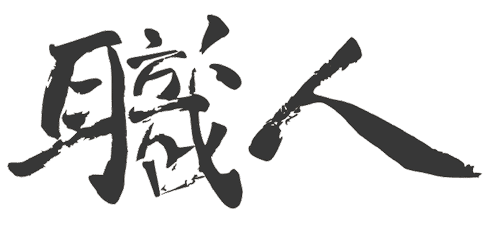
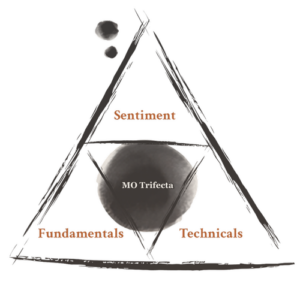
Triangulating to better outcomes
A differentiated approach
We operate at the intersection of macro/fundamentals, sentiment/positioning, and technicals. We do not pigeonhole ourselves to a singular approach but rather use any and all effective means in order to generate high risk-adjusted returns.
Navigating Trading and Life through Process and Insight
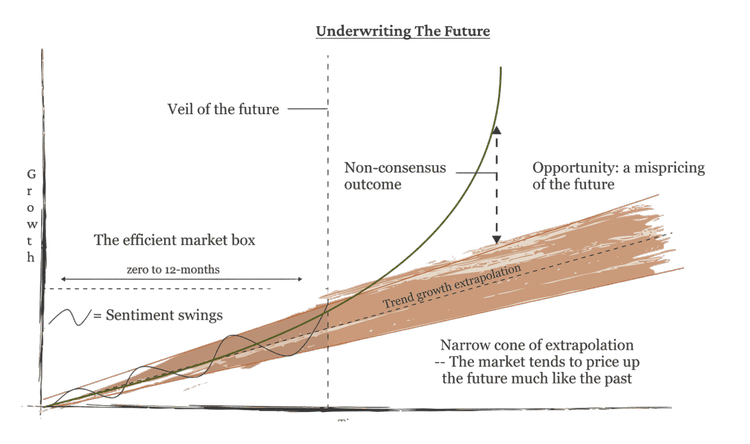
Exploring & iterating on every facet of the game
The Collective focuses on process over outcomes as we know the latter is a result of the former. Our community is continuously exploring how to improve and refine every facet of the game of trading, as well as the game of life.

A high signal, zero noise proprietary dashboard
The world is awash in noise… data, news, opinions, tweets, and on and on… The MO Heads-Up Display (HUD) is our one-stop solution for helping us make + expected value decisions week in and week out.
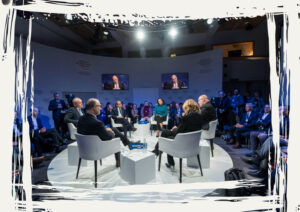
Attend exclusive online and in-person events
Private Collective-only webcasts with special guests (money managers, industry experts, CEOs, former intelligence specialists, etc..) along with twice-a-year Collective gatherings and research trips.

A community devoted to mastery
You become the average of the people you spend most time with. Our online slack community is comprised of smart and dedicated professionals all working towards the same goal: mastery.
Model portfolio with real-time alerts
Investment picks are a dime a dozen. And any true Operator in this game will tell you that trade picks are maybe 20% of what matters – and that’s being generous. At MO we eat our cooking, every last bit of it. We run a 100% fully transparent model portfolio with real-time trade alerts, position sizing, exits, profit targets, and all of our day-to-day trade management.

Sign up to receive our macro takes, investment theory pieces, and deep dives into high convexity trade setups
The MO Team
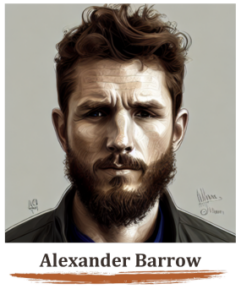
Founder & MO Team Lead, CIO at Foundation Capital, macro junky, former Intelligence professional at FBI, DIA, and DOD, USMC Scout Sniper turned yogi/meditator.

Senior Partner at MO, PM at Foundation Capital, lead value investor, ValueHive podcast host, and a tennis nut.
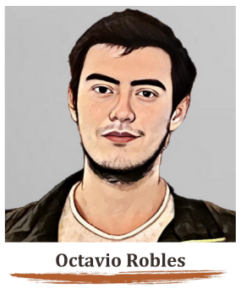
Lead quant, Head of Quantitative Strategies at Foundation Capital, avid moviegoer and video game enthusiast.

Head of Systematic Trading MO. 25+ years trading, self taught developer, former USMC, DoS and DoD contractor. Prop trader, former founder CIO at Pollinate Capital.
Sign up for more free macro news and articles
All content in this page, on our website, all emails, social media posts, comments on other websites or other material generated by Macro Ops is intended for general information and educational purposes only. NOT INVESTMENT ADVICE. Click here for full disclaimer.

Brandon has been a professional investor focusing on value for over 13 years, spending his time in small to micro-cap companies, spin-offs, SPACs, and deep value liquidation situations. Over time, he’s developed a deeper understanding for what deep-value investing actually means, and refined his philosophy to include any business trading at a wild discount to what he thinks its worth in 3-5 years.
Brandon has a tenacious passion for investing, broad-based learning, and business. He previously worked for several leading investment firms before joining the team at Macro Ops. He lives by the famous Munger mantra of trying to get a little smarter each day.

AK is the founder of Macro Ops and the host of Fallible.
He started out in corporate economics for a Fortune 50 company before moving to a long/short equity investment firm.
With Macro Ops focused primarily on institutional clients, AK moved to servicing new investors just starting their journey. He takes the professional research and education produced at Macro Ops and breaks it down for beginners. The goal is to help clients find the best solution for their investing needs through effective education.
Former trade desk manager at $100+ million family office where he oversaw multiple traders and helped develop cutting edge quantitative strategies in the derivatives market.
He worked as a consultant to the family office’s in-house fund of funds in the areas of portfolio manager evaluation and capital allocation.
Certified in Quantitative Finance from the Fitch Learning Center in London, England where he studied under famous quants such as Paul Wilmott.

Founder and head macro trader at Macro Ops. Alex joined the US Marine Corps on his 18th birthday just one month after the 9/11 terrorist attacks. He subsequently spent a decade in the military. Serving in various capacities from scout sniper to interrogator and counterintelligence specialist. Following his military service, he worked as a contract intelligence professional for a number of US agencies (from the DIA to FBI) with a focus on counterintelligence and terrorist financing. He also spent time consulting for a tech company that specialized in building analytic software for finance and intelligence analysis.
After leaving the field of intelligence he went to work at a global macro hedge fund. He’s been professionally involved in markets since 2005, has consulted with a number of the leading names in the hedge fund space, and now manages his own family office while running Macro Ops. He’s published over 300 white papers on complex financial and macroeconomic topics, writes regularly about investment/market trends, and frequently speaks at conferences on trading and investing.
Macro Ops is a market research firm geared toward professional and experienced retail traders and investors. Macro Ops’ research has been featured in Forbes, Marketwatch, Business Insider, and Real Vision as well as a number of other leading publications.
You can find out more about Alex on his LinkedIn account here and also find him on Twitter where he frequently shares his market research.